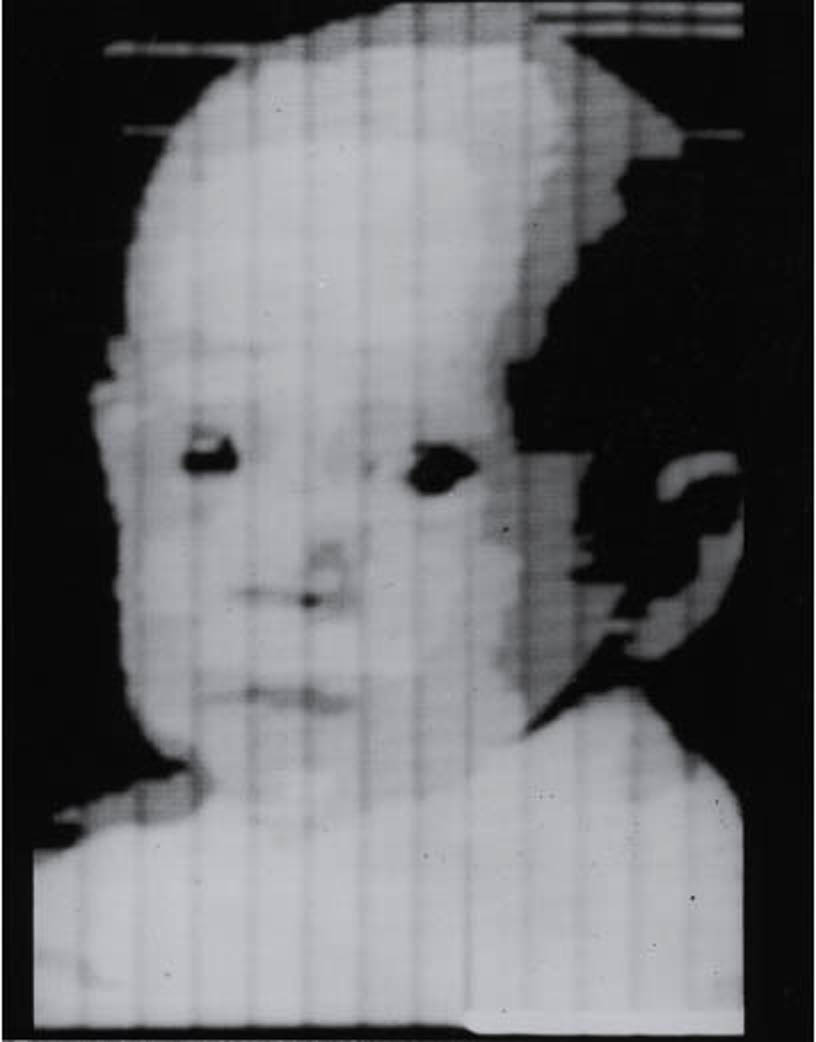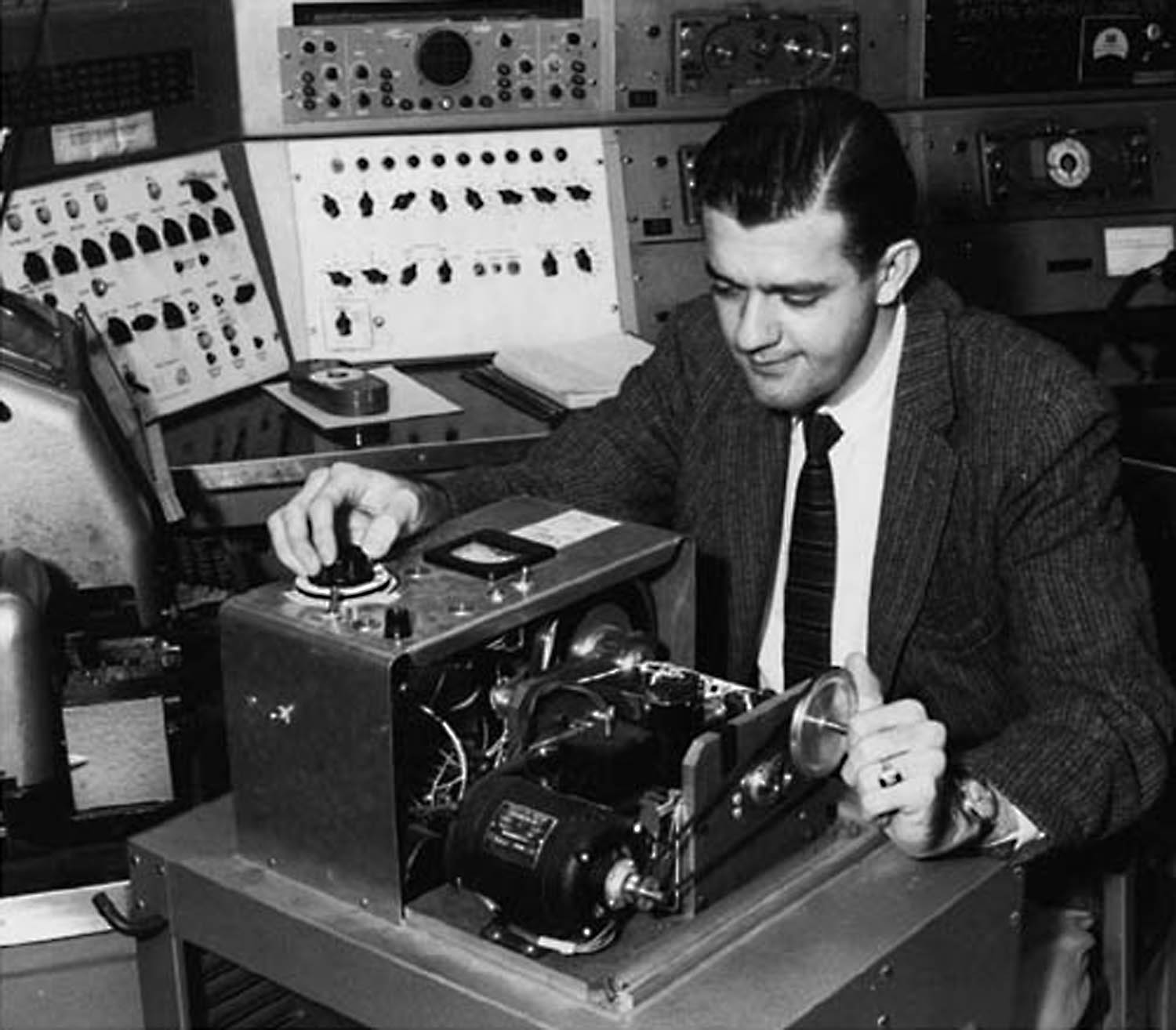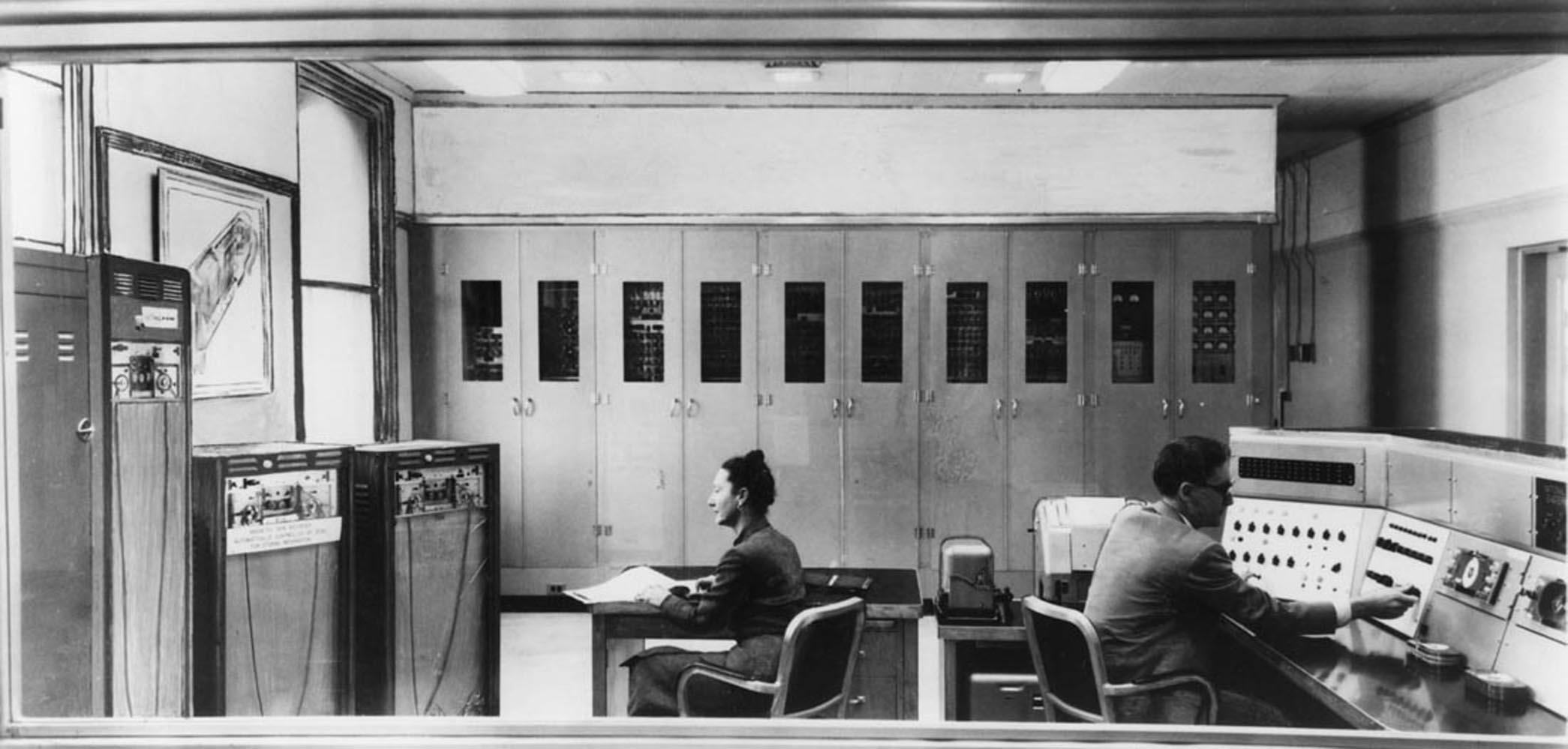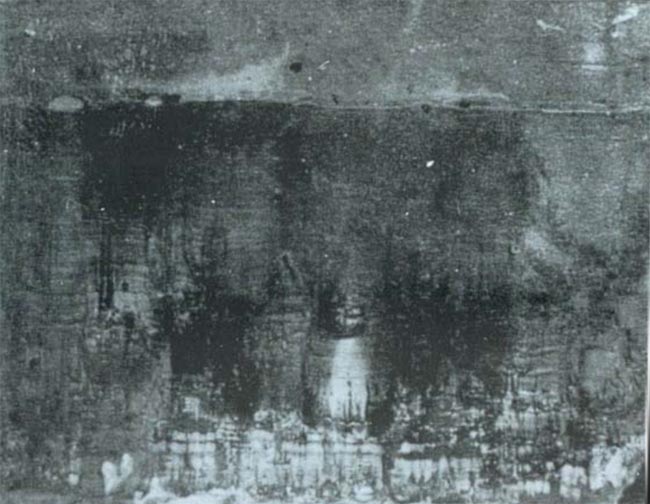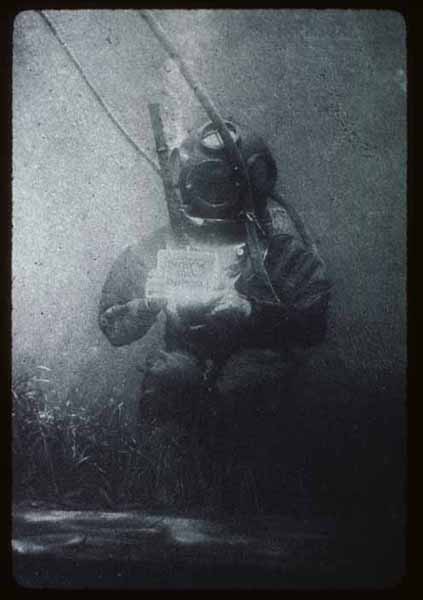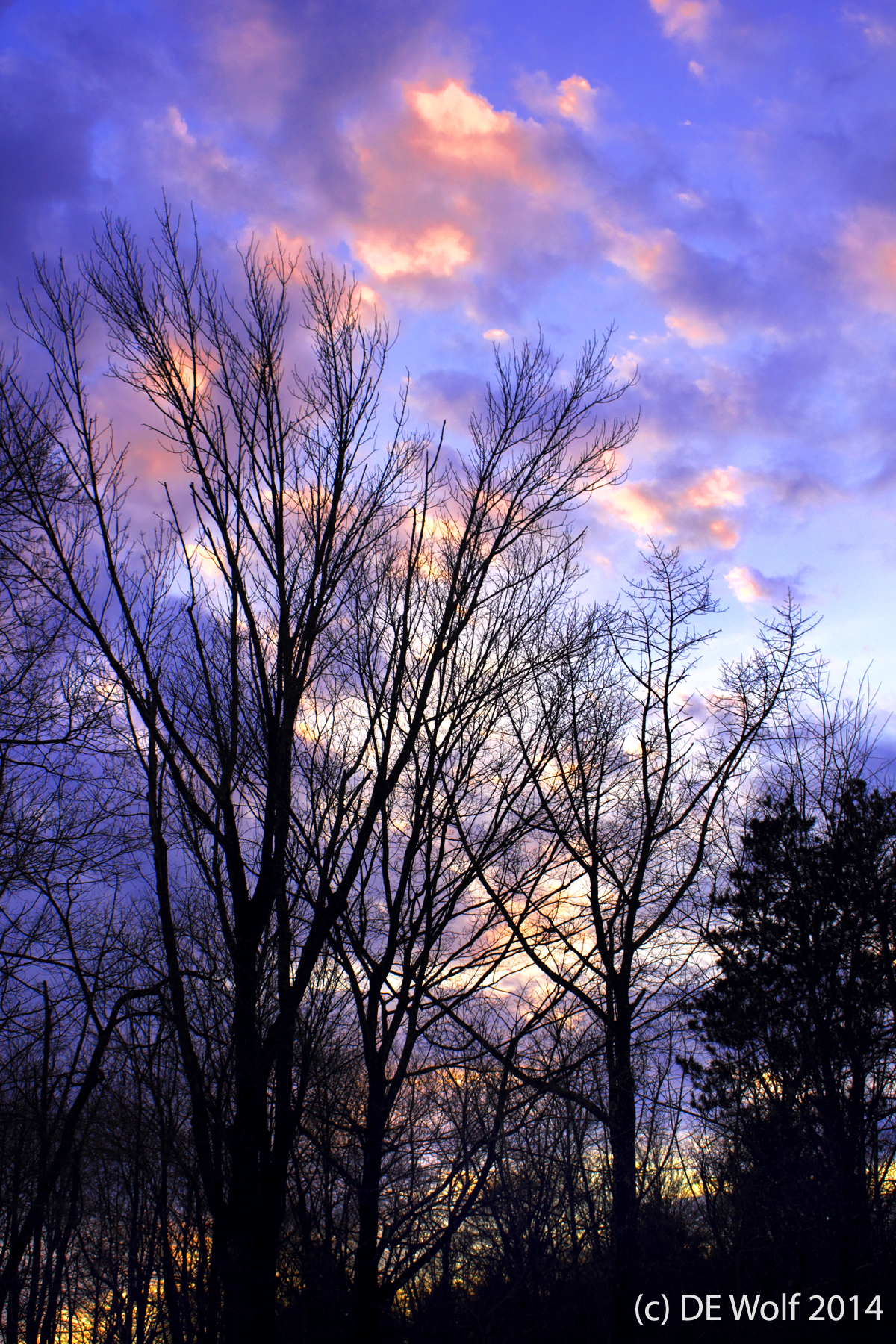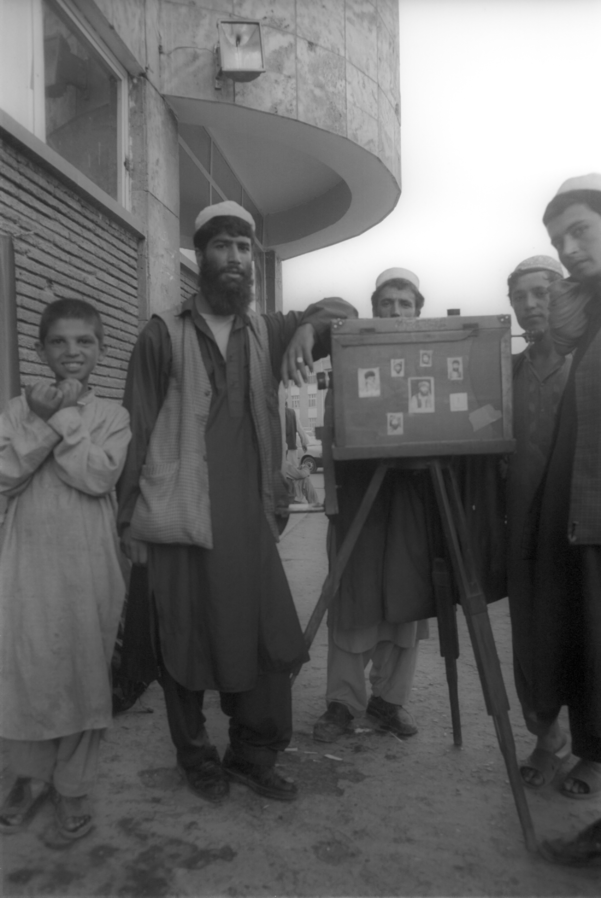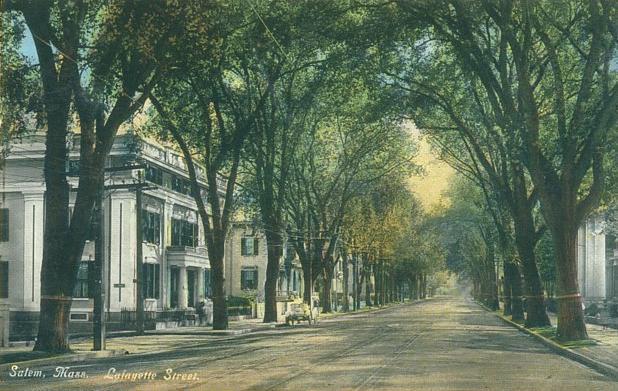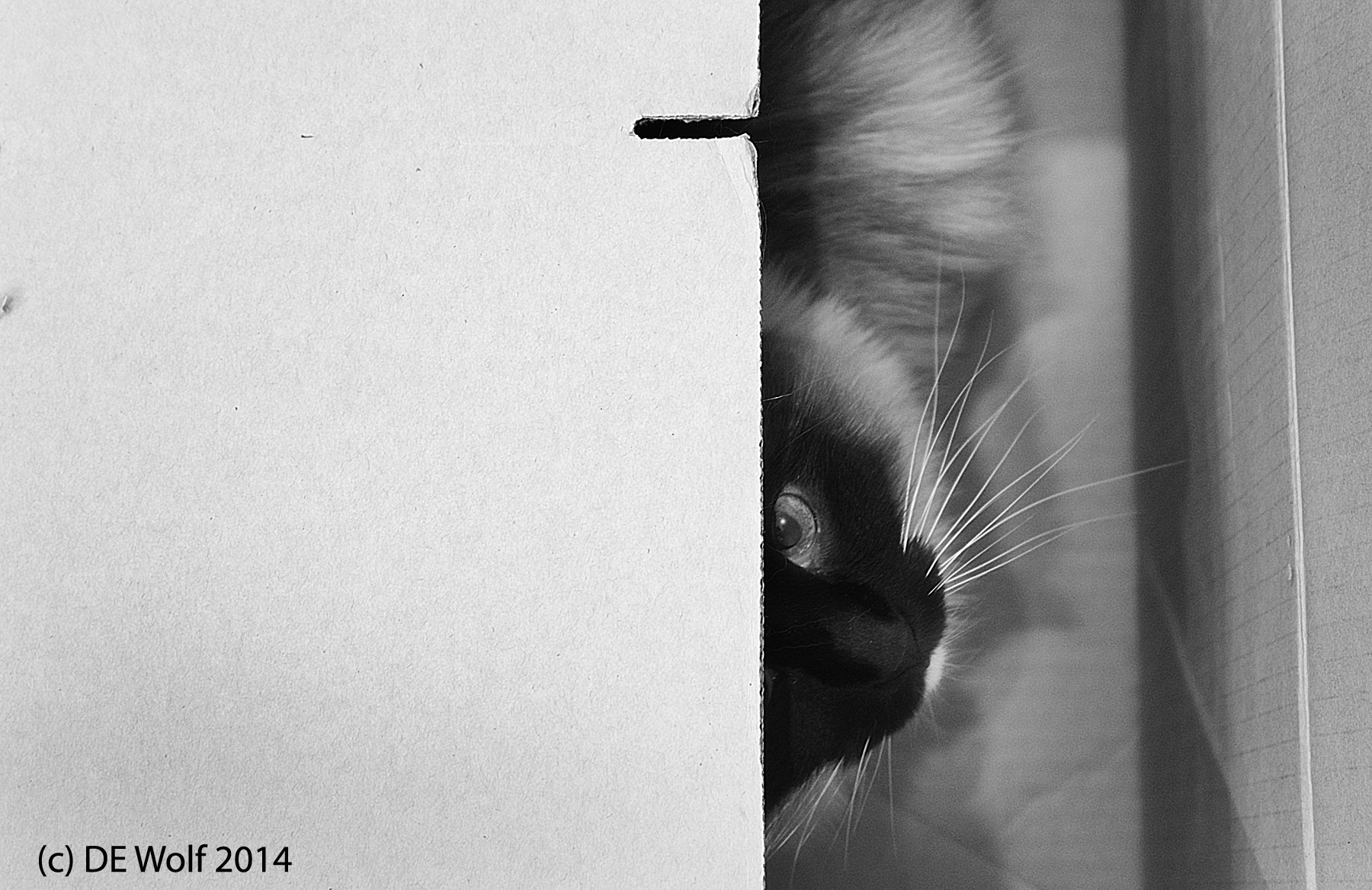
Figure 1 – Schrodinger’s cat, (c) DE Wolf 2014.
Figure 1 is a photograph of a cat in a cardboard box. It is meant to evoke the meme of Schrödinger’s cat. Schrödinger’s cat is a curious kind of meme that is illustrative of an important fact, namely, that knowing the meme is not necessarily to know what it means, or at least what it refers to. Most people have little understanding (this is not a value judgement) of what the Schrödinger’s cat paradox is all about. Indeed, they have little reason or need to understand it. They know that it has something to do with a cat and a bottle of cyanide inside a box and perhaps that the paradox implies that physicists are stupid. Such is the life of the meme. It has very little to do with the science behind Schrödinger’s original description. It is a lot like E = mc^2. Very few people know what that means either.
Inevitably, and I apologize, I have to tell you just a little bit about what Schrödinger’s cat is all about. Quantum mechanics is the set of physical laws that small systems (like atoms) obey. They’re slightly different than the physical laws that big objects like you and I or the planet Saturn obey. This isn’t so difficult to understand. One is the extrapolation of the other when things get big. It’s a lot like the planet Earth being round but for the most part, as we move about it, we can treat it as if it were flat. I mean it doesn’t look round.
But since our common experience doesn’t deal with objects that are really small, we tend to get confused when we have to think about them Artificial paradoxes arise. The most commonly held interpretation of quantum mechanics is the so called Copenhagen interpretation. Guess where the meeting that the Copenhagen interpretation was developed occurred. Brilliant! In the Copenhagen interpretation, we suppose that we have say an atom, which can be in one of two states: a ground state or an excited state. We covered this about a year ago.Throw that atom in the box and close it. Which state is the atom in? You don’t really know until you open the box and look. Quantum mechanically you can consider the atom to be in a combination of the two states until you look and measure it. Then the system of states collapses and there is only one or the other. The key to quantum mechanics is the inseparability of the observer and the observed. It’s totally counter intuitive, and totally bizarre, and we know from certain experiments where the states interfere like the waves they are with one another that it is absolutely true.
But how do you make the measurement? Suppose you use an electronic circuit inside the box that lights up when the atomic gets excited. The Copenhagen interpretation makes apparent the fact that the nature of measurement, or observation, is not well-defined if you think about it in this way. The experiment can be interpreted to mean that while the box is closed, the system simultaneously exists in a superposition of the states. The light is both on and off, until you look. The whole thing becomes ludicrous when you add a living element to the measurement, namely a cat. Let’s consider Schrödinger’s own description and please ignore what he says about the Psi function. It’s not important to get the gist.
“One can even set up quite ridiculous cases. A cat is penned up in a steel chamber, along with the following device (which must be secured against direct interference by the cat): in a Geiger counter, there is a tiny bit of radioactive substance, so small, that perhaps in the course of the hour one of the atoms decays, but also, with equal probability, perhaps none; if it happens, the counter tube discharges and through a relay releases a hammer that shatters a small flask of hydrocyanic acid. If one has left this entire system to itself for an hour, one would say that the cat still lives if meanwhile no atom has decayed. The psi-function of the entire system would express this by having in it the living and dead cat (pardon the expression) mixed or smeared out in equal parts.”*
Hmm! It goes very much against thee commonly held view that the cat is either (A) alive or (B) dead, not both at the same time. You might well ask, what this has to do with photography? And I sheepishly must admit very little, except for the recurrent theme of memes in our discussion and the luscious point that they do not necessarily require true understanding of the underlying phenomenon. They acquire a life of their own in the common culture and that after all is really the point of both words and images as memes. They metamorphose and evolve. I will, however, point out that in his discussion Schrödinger does go on to describe the paradox in photographic terms.
“It is typical of these cases that an indeterminacy originally restricted to the atomic domain becomes transformed into macroscopic indeterminacy, which can then be resolved by direct observation. That prevents us from so naively accepting as valid a “blurred model” for representing reality. In itself, it would not embody anything unclear or contradictory. There is a difference between a shaky or out-of-focus photograph and a snapshot of clouds and fog banks.”*
There is, of course, also the cat’s view in all of this. You will note that Schrödinger apologizes for his hypothetical cat murder. This is because physicist’s tend to love cats, because cats, like physicist’s, are patiently seeking truth and understanding. The cat is much more patient than the physicist. Cats love boxes and may be termed claustrophiles. (S)He knows that she is alive, even though the physicist has, for the moment, disappeared. The cat will wait endlessly, if necessary, for the physicist to return to the box. But all that the ailurophile physicist really needs to do is stick his finger inside the box to find out if kitty is still alive.
*Erwin Schrödinger, Die gegenwärtige Situation in der Quantenmechanik (The present situation in quantum mechanics), Naturwissenschaften
(translated by John D. Trimmer in Proceedings of the American Philosophical Society)

![Figure 1 - Postcard produced: [ca. 1905] Summary: Translated caption reads: "French Congo. Passage of Mr. Administrator E. In the foreground, two leaders sitting in reclining chairs, in the background, village people and cabins. Congo Français. Photograph by J. Audema. General. In the public domain in the United States because of age.](http://www.hatiandskoll.com/wp-content/uploads/2014/03/800px-French_Colonial_administrator_Congo_1905.jpg)

